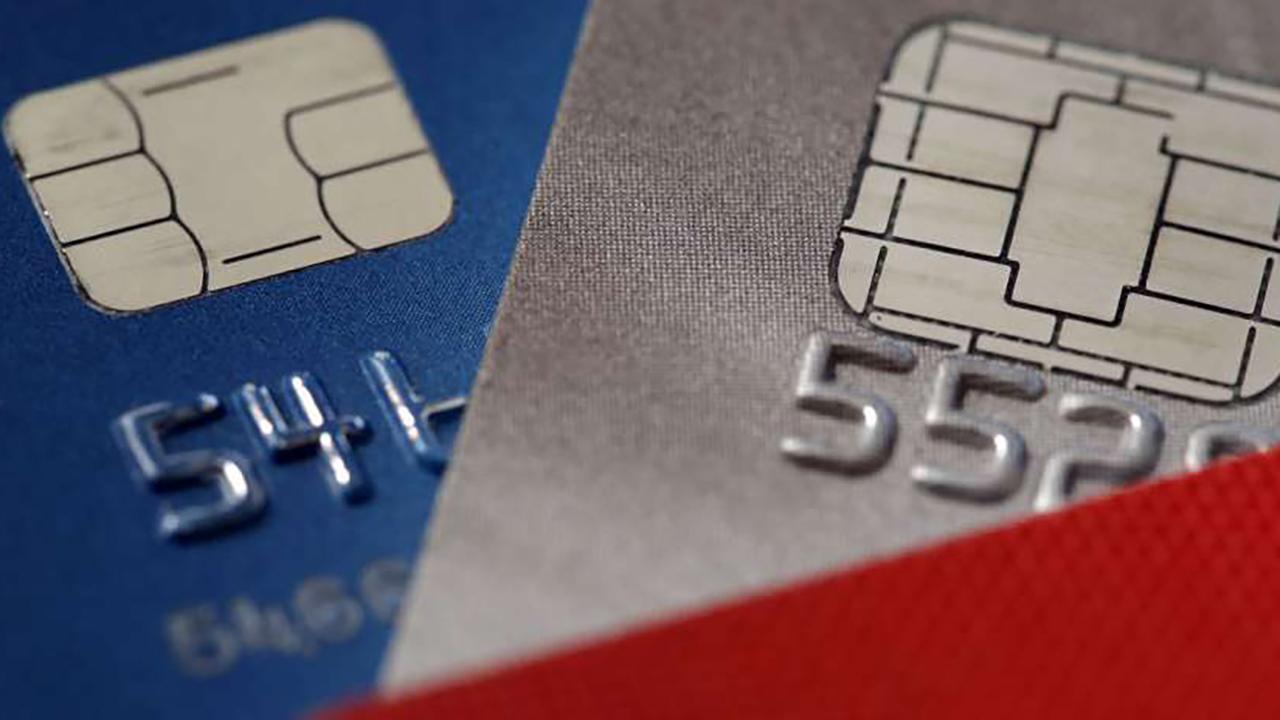Credit card APRs at record high: Stop lying to yourself about debt
The numbers are in: Credit card debt in the U.S. reached a record high of $870 billion at the end of last year. It’s the first time credit card balances have reached “the 2008 nominal peak,” according to the Federal Reserve.
Should we be concerned?
Ted Rossman, industry analyst with CreditCards.com says yes and no.
“One of the reasons credit card spending is up is because of the shift from cash to plastic. Delinquencies are also still quite low, below historic terms, and the big picture is that most people are doing OK,” Rossman says.
What is troubling, he says, is that the national average for credit card interest rates is nearly 18 percent, an all-time high.
“Debt is more expensive than it ever has been, this is ‘bad debt,’ and it adds up quickly for the 60 percent of cardholders who carry a balance month to month,” Rossman says.
What are the biggest lies we tell ourselves about credit card debt? Rossman says we need to stop falling for these myths, and consider the realities.
Myth: Credit card debt is no big deal
Some credit card holders are under the assumption that if they’re making the minimum payment every month - commonly just 1 percent of the balance, plus interest - they’re doing just fine.
“A lot of people fall into this trap,” says Rossman.
Consider this: If you’ve got $5,700 in credit card debt (currently the national average), and all you’re doing is making minimum payments on a card with a 17.64 percent APR (currently the national average rate), you would be in debt for nearly twenty years, with a total interest cost of $7,428, which is more than you initially charged.
“It would take $13,128 of payments,” says Rossman. “That’s a big deal.”
Myth: You need a bunch of credit cards
While it’s nice to have different cards for different purposes and perks, the reality is that people with more cards carry more balances, says Rossman.
“We did a study on this and found that for people who have one card, 54 percent have debt; for those who have two to four cards, 58 percent have debt; for those who have 5-9 cards, 68 percent have debt.”
Myth: Carrying a balance improves your credit
An astounding 43 million credit cardholders - or 22 percent of cardholders - have carried a balance to (erroneously) improve their credit scores, according to Rossman.
“The reality is that carrying a balance doesn’t [always] help your credit and could actually hurt it,” says Rossman.
How so? Carrying too high a balance could adversely affect what’s called your credit utilization rate, or the percentage of your total credit limit that you’re currently using. That, in turn, may lower your score.
CLICK HERE TO GET THE FOX BUSINESS APP
Generally, you should aim for a credit utilization rate of less than 30 percent, says Rossman. So if your credit limit is $10,000, your total balances, ideally, would be less than $3,000.
Vera Gibbons is the Founder of nonpoliticalnews.com which produces “NoPo” - a free daily newsletter that covers and curates non-political news only within Consumer/Personal Finance; Health & Wellness; Fashion/Beauty; Fitness/Diet.




















